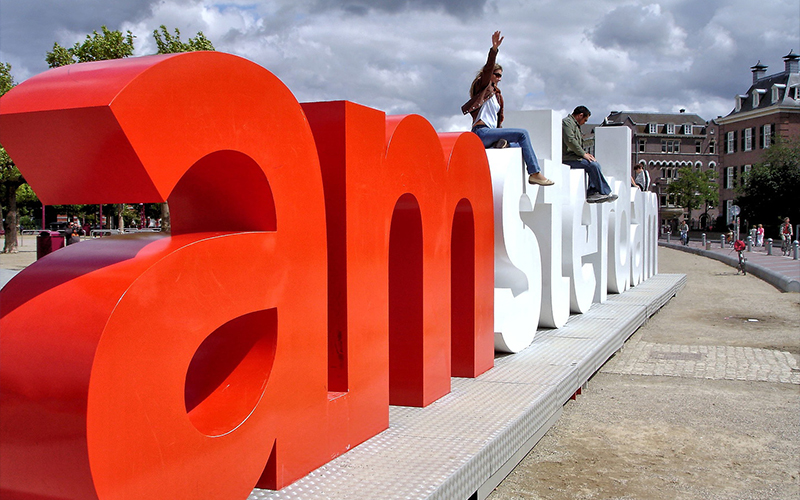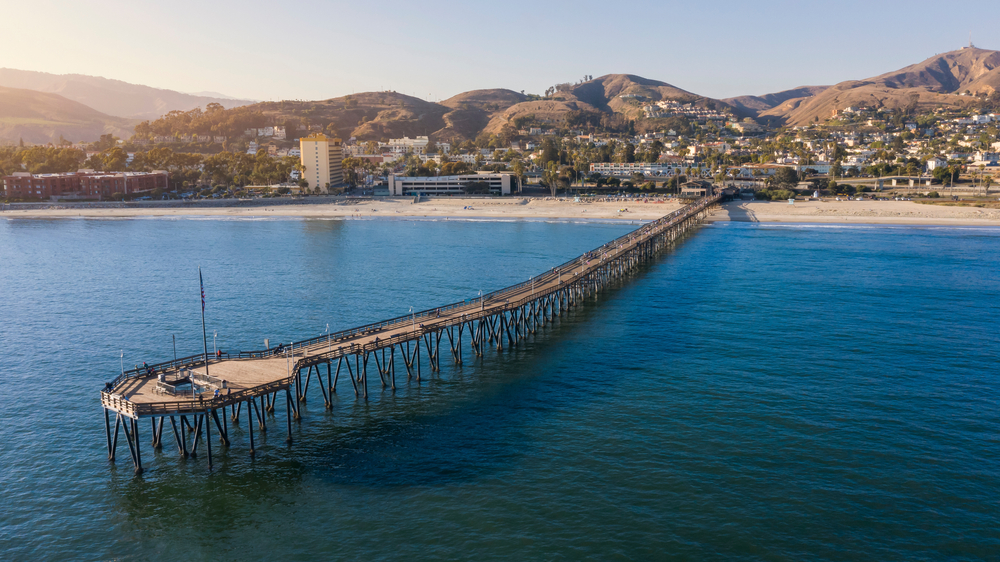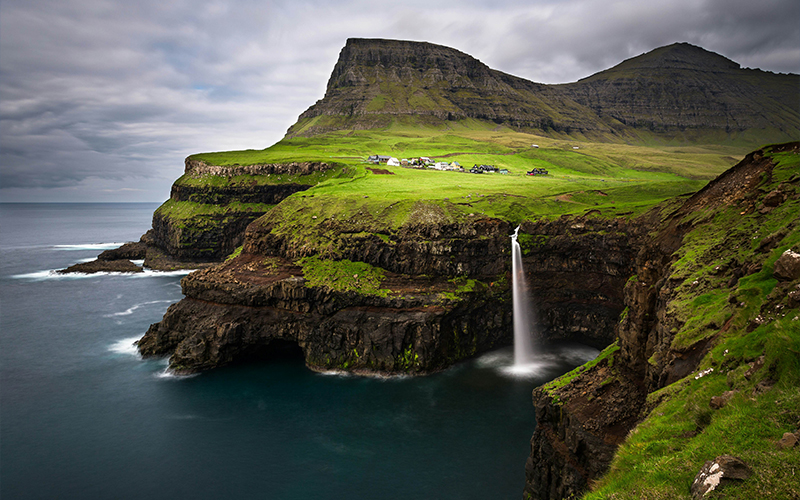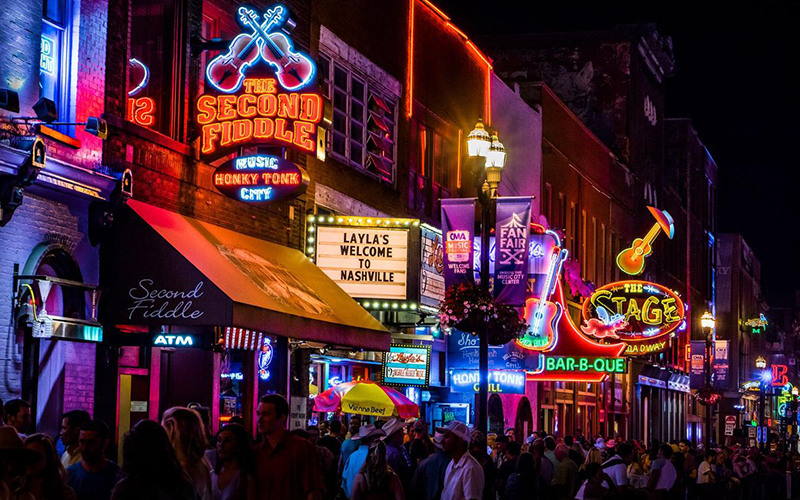
Stay Informed
Get the latest news, trends, and industry insights.
Understanding The Differences
Imagine you’re sitting in the annual city council meeting when a debate begins about the best ways to market your city. You’ve got a bustling Main Street full of shops, boutiques, and new restaurants that every foodie is dying to try. But you also know your community stands out for its passion for supporting local businesses. Which one should you highlight in the city’s renewed marketing efforts? Well, that depends on whether you want your city to be seen as a place or a destination.
We know what you’re thinking: Aren’t “place” and “destination” two words for the same thing? Not entirely. Marketing a place (a specific location) and marketing a destination (a specific place known for a particular purpose) each requires different strategies and tactics depending on the qualities you want to highlight, the audience you want to reach, and the goals you want to achieve.
Let’s look at the nuances of each travel and tourism brand strategy — place branding, destination branding, or a strategic blend — so you can figure out which approach will help you achieve your community's growth goals.
Place Branding vs. Destination Branding
Both place branding and destination branding involve building and maintaining an image of a city, region, or country to drive economic growth. A well-crafted image will help attract investors, businesses, tourists, and residents, all of whom can add value to your area.
Place branding targets all the groups listed above with the goal of fostering long-term economic health and elevating the community's image. It does this by focusing on an area’s unique characteristics, such as culture, heritage, infrastructure, business environment, and lifestyle.
Conversely, destination branding spotlights the unique visitor experiences a specific location can provide, whether through attractions, amenities, or seasonal activities. Naturally, the target audience for this particular branding strategy is tourists.
Before you choose a branding strategy, you have to identify your goals. If you’re looking to attract new businesses and investors or improve the community’s amenities and overall well-being, you may want to pursue place marketing strategies. If you’d rather promote the area’s cultural festivities, unique culinary experiences, and accommodations to drive tourist spending and boost the local economy, destination marketing will be the best fit.
So, the question is, do you want your location to be a place where people want to work and live, or do you want it to be a destination that people are eager to visit?
Examples of Place & Destination Branding — and Why They Worked

I amsterdam
Amsterdam
When the city of Amsterdam’s international rankings began to drop, they knew they needed to act fast. In September 2004, the “I amsterdam” campaign was born, creating a motto and identity for the people and city of Amsterdam. The place-branding centered on the city’s core values, which included creativity, innovation, and a spirit of commerce. Ultimately, the city wanted to show that it was a great place to live, work, and visit.
“I amsterdam” invites you to be a part of the city. It’s meant to unite people by celebrating the diverse identities that make Amsterdam unique, fostering a sense of ownership and connection.
Campaign activation included a user-friendly website, X account, Facebook page, and app. However, the most widely known activation is the two-meter-tall red and white letters that spell out the slogan outside Amsterdam’s famed Rijksmuseum. These iconic, larger-than-life letters instantly became a popular photo spot, with approximately 8,000 photos taken on any given day.
Sure, the “I amsterdam” campaign looked and sounded cool — but more importantly, it worked. Amsterdam was pleased to see its tourism numbers go up and businesses thrive. From ideation to activation, this place-branding campaign strengthened the city’s cultural identity and solidified its position in the top five European cities.

Ventura County Coast
Camarillo, Oxnard, Ventura, and Port Hueneme, CA
While the campaigns listed above offer well-known examples of place and destination branding in action, we're proud of the way our team has amped up the destination branding for Ventura County Coast.
Through a visual brand refresh and a strategic marketing plan, we’ve helped position this vibrant four-city region as a classic California destination and a bucket-list coastal escape.
By highlighting its unique mix of outdoor adventure, cultural experiences, and local charm, we crafted an engaging brand identity that resonates with travelers seeking epic getaways and locals who take pride in the communities they’ve helped create. You can see some of our work for Ventura County Coast here.

Sheepview
The Faroe Islands
One of the travel industry’s best-known destination marketing campaigns is the Faroe Islands’ “Sheepview 360.” The campaign began as an effort to get the country’s unique landscape on Google Street View. The country is small, but the local tourism board knew it had a lot to offer. By attaching a 360º camera to the back of actual sheep, they captured images from all over the country and created an iconic “sheep view” for the world to see.
The campaign was an immediate hit, with videos, images, and social media posts circulating the internet and capturing the attention of travelers. Two weeks into the campaign, most hotels in Tórshavn were completely sold out. Sheepview 360 reached over 2 billion people and appeared on countless new stories and websites, generating a PR ROI of over 150k%.
So, how did a camera on the back of a sheep become a viral sensation? The key is that this campaign never took itself too seriously. The Faroe Islands knew they wanted to get noticed by the outside world and they had a lot of sheep (the sheep population is twice the human population!) that could help them do it. By allowing the audience to interact with and virtually explore a destination, they were able to connect with tourists and show them why the Faroe Islands are worth visiting.
Ultimately, the Faroe Islands were officially added to Google Street View, and a previously unknown location became a bucket-list travel destination.

Music City, USA
Nashville, TN
Many know Nashville as the music capital of the United States. But depending on who you talk to, most people view it as either a great place to live and work or a fun destination for a weekend getaway. Nashville has implemented two unique marketing approaches in one overarching branding strategy, making it a prime example of how place and destination branding can go hand in hand.
Nashville’s place branding efforts emphasize the city’s southern charm, welcoming atmosphere, thriving job market, and affordable cost of living. It’s seen as a land of opportunity, particularly for those in the music industry.
But Nashville’s diverse music scene doesn’t just attract residents, businesses, and investors — it attracts tourists, too! From the Grand Ole Opry to the CMA Music Festival and everything in between, there are countless iconic attractions and experiences to enjoy.
Through place and destination marketing, Nashville has developed a reputation for tourism and leisure while simultaneously becoming a city where people want to live and raise their families.
Final Considerations
No matter what branding approach you choose, consistency across all platforms and touchpoints is essential. This will ensure your message is communicated clearly and authentically to your target audience—whether businesses, residents, tourists, or all of the above.
As with the “I amsterdam” campaign, getting resident buy-in is key. Your residents are built-in brand ambassadors and can significantly help or hurt your brand. Involving residents in your campaign makes it feel more authentic and increases long-term buy-in.
Whether you’re leaning toward place branding, destination branding, or a combination of the two, understanding your audience, establishing clear goals, and crafting a clear and compelling narrative are the keys to success. With each of these in mind, you can create a strategy that enhances your location’s brand image and drives meaningful growth.
Ready to make your area stand out on the map? Let’s talk about how we can help you market your destination (or place) to tourists and visitors. Send us a message today!
Stay Informed




